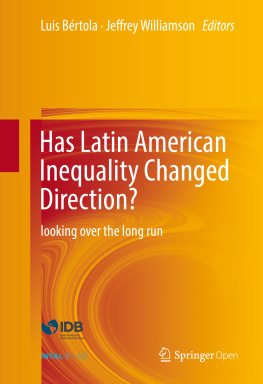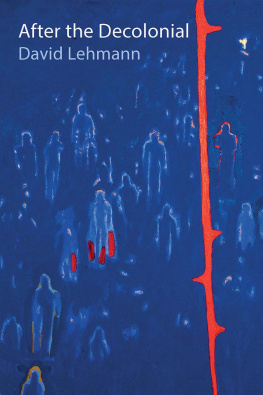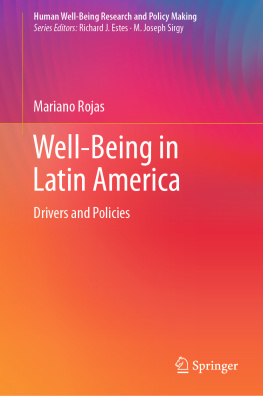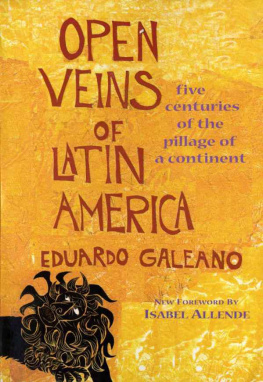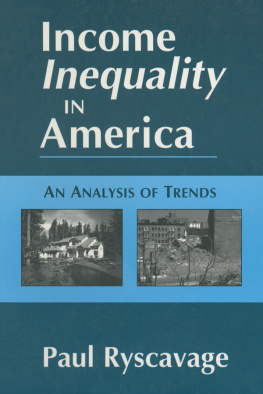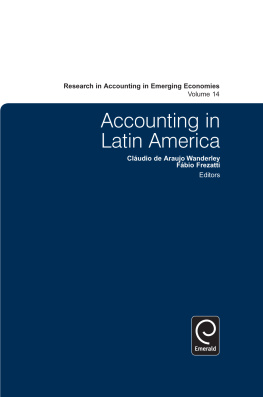After the so-called structural reforms of the 1970s and 1980s, most Latin American countries had shown that they could achieve fast growth and deal with structural change. However, income per capita failed to converge on the world leaders, and growth was followed by increasing inequality and, in some parts of Latin America, even increasing poverty. Noting this experience, observers began to wonder whether inequality had become a permanent feature of Latin American development and whether it had contributed to the regions disappointing long-run development performance ().
A few years later, we were discussing something quite different. By 2014, Latin America had recorded fast growth for more than a decade and, contrary to what was going on in other parts of the world, inequality was falling. Had Latin America permanently changed its long-term direction? To what extent was decreasing inequality dependent on those high growth rates, and thus was it only temporary? What roles did market forces, institutions, and political ideology play during the inequality downturn? To start a search for answers, we sent out a call for papers for a conference in Buenos Aires, which was organized with support from the Economic Commission of Latin America and the Caribbean (ECLAC), the Inter-American Development Bank (IADB), and the International Bank for Reconstruction and Development (IBRD). The conference gathered together economic historians that had long been working on the history of Latin American inequality and poverty, with economists engaged in the study of inequality in the recent period.
By the time of the conference in December 2014, and even more clearly at the time of publication 2 years later, the atmosphere in Latin America had changed yet again. Even if it is too early to guess what will happen to inequality in the near future, we know for sure that the commodity-driven boom during the first years of the twenty-first century has come to an end. In 2014, Latin America was already growing more slowly than the OECD, and prospects for 2015 were even worse. The expected GDP growth rate for the years ahead is sufficiently low to allow us to say that Latin American catch up on the world leaders has come to a halt.
Thus, the original question posed at our conference is even more dramatically posed by more recent events. Has Latin America changed direction and was the recent inequality downturn just the result of a globally induced economic boom, similar to so many other previous booms in Latin America since the nineteenth century? Were the recent inequality events transitory with no permanent change in political, institutional, and other fundamentals, ones that have been a feature of the region for the past two centuries or even longer?
The Origins of Latin American Inequality
Most studies of Latin American development written between the 1950s and 1970s stressed colonial heritage as the main explanation of its underachievement. Competing schools of thought at least agreed on this point: dependency theories, modernization theories, Marxist writings, and development economics all agreed that Latin Americas colonial heritage contributed two key features: dependency on foreign powers, and inequality in civil rights, property rights, and political power. Things were made even worse due to the fact that the imperialists, Portugal and Spain, were relatively backward themselves compared with Western Europe.
Each of these thought that independence was jeopardized by the lack of a real social revolution, by the weakness of the local elites, by the failure to create a Latin American federation, and the development of new forms of unequal international relations, led by British informal imperialism, later followed by US hegemony. National states were consolidated during the last quarter of the nineteenth century. They implemented liberal reforms, by which the lands of the church, the peasant communities, and the state were privatized thus passing it on to an increasingly powerful landowning elite. Wage labor became dominant, but a varied array of coercive labor market mechanisms persisted. The landowning elite, together with merchants, foreign powers, state bureaucracies, and the military, formed an alliance which left the majoritymainly those of Afro-American and Indian ethnic originwithout property, civil rights, and education.
This process took varied forms in different Latin American countries and regions. Three main groups were identified in the literature. The Indo-American groupthe Andean, Central American, and Mexican regionswas the center in the colonial period, densely populated and rich in gold and silver. There, the interplay between the haciendas and the peasant communities, together with centralized forced labor for the mines, was at the heart of social relations as the region drifted towards capitalism (Salvucci ).
After the 1980s, however, the academic and political climate in Latin America changed significantly. The region was confronted with the crisis of state-led industrialization, by the debt crisis, and by a lost decade of very poor economic performance. Pro-market reforms were introduced, often combined with authoritarian regimes. The story told by a new political voice said that the problems faced by Latin America were not market failures that the state had tried to overcome, but rather state involvement itself. Efforts were made to liberalize trade and capital flows, as well as to implement macro stabilization policies, and these were consistent with pro-global policies flourishing all over the world.
The pattern of development adopted by most Latin American countries since the 1980s was fueled by export growth, but the domestic sector did not keep pace. Inequality increased and the region continued to experience significant macro volatility. After every crisis, divergence with world leaders was deepened.
While increasing dissatisfaction spread and developed a more powerful voice in the context of the continents democratization, the dominant liberal discourse was challenged by neo-institutional approaches. While the neo-institutionalists agreed with conventional theory that free trade and unfettered capital movements were good for growth, they emphasized that domestic institutions were the ultimate factor explaining economic performance. Furthermore, institutions could not be expected to quickly change their character, since they tended simply to reproduce themselves in a path-dependent way. Thus, it was nave to expect that the imposition of rules from outside sources would produce the expected results. Quite the contrary, foreign attempts to foster liberal reforms instead reinforced the power of rent-seeking elites and their extractive institutions.

